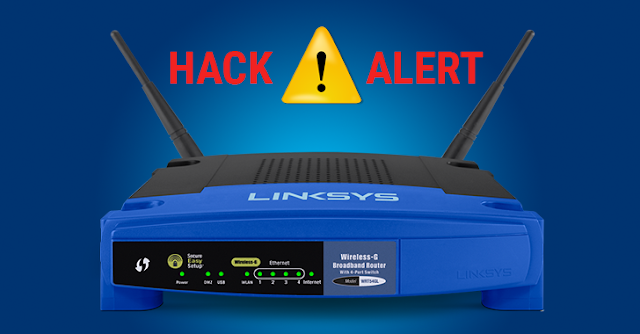in this video, we installed windows 10 from iso file of windows 10 in windows 10 pc, but this same method will work for installing windows 10 on windows 7 / windows 8.1 / windows 8 pc.
In this video we will see how to install windows 10 from usb pendrive. For this, you will have to first create bootable USB media from ISO for Windows 10. You will also have to create a separate partition, with at least 16 GB space, using the built-in Disk Management tool, if you plan to dual-boot it. This is one of its system requirement.
From an easy upgrade in Windows update if you reserved your copy, to the included USB stick if you go for a retail purchase, Microsoft provides plenty of options for installing Windows 10.
However, if you purchased a product key online, or simply lose your original installation media down the line and want to perform a clean install, you may want to create your own DVD drive or USB stick as a failsafe, otherwise known as a bootable disc or a boot disc or boot drive.
This could come in handy if you're trying to install on a new machine without an OS currently on board, or if something goes horribly wrong with your current install.
Thankfully, this isn't as difficult as it sounds, and we're going to give you a step-by-step guide to installing Windows 10 from your own USB stick or DVD.
Perhaps the easiest option for create a backup install drive is via USB. If you plan on going this route, you'll need a USB flash drive that is at least 4GB in size. Keep in mind that anything currently on the drive will be erased in the process, so it's advisable to backup anything you may have saved on your drive of choice and start fresh.
Alternatively, you can create a backup install disc with a DVD if your computer happens to have an optical drive on board. Either way you go, you'll need a third-party program to get the job done. We'd recommend Rufus for USB.
Finally, you'll need your Windows 10 product key at the ready as well. You should be able to locate it in your confirmation email if you purchased online, in your Windows 10 box if you purchased at retail, or somewhere on your machine if you bought a PC with Windows 10 out of the box. If you still can't find it, we'd recommend downloading and running a tool called Belarc Advisor, which can show you your product key as well.
The main file we're going to be working with here is the Windows 10 ISO . Without getting too technical, an ISO file is basically a snapshot of the Windows 10 install media as it would appear on a DVD or USB disk.
Having done this, you will have to set your computer to boot from a USB device. Please be very careful when you change the settings here, lest it make your computer un-bootable.
To do this on my pc, I have to restart it and keep pressing the F12 key to enter the Boot Options Setup. Here you will have to change the boot order. If your device uses Secure Boot / UEFI, you will have to change it to Legacy.
Use the 4 arrow keys of your keyboard, navigate to the Boot tab and change the settings. Disable Secure Boot, enable Legacy option and set Boot List option to Legacy. Next move USB Storage Device to the first position and set it to be the first device to boot from.
Once you have done this, with your USB connected to your laptop or pc, restart the laptop pc


















